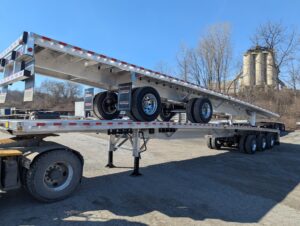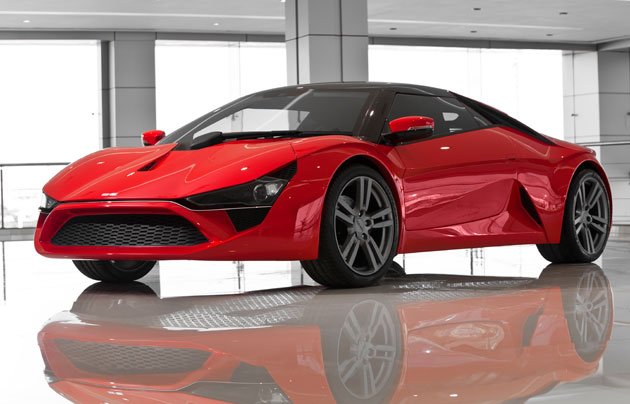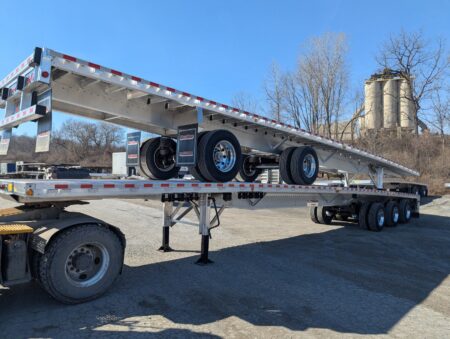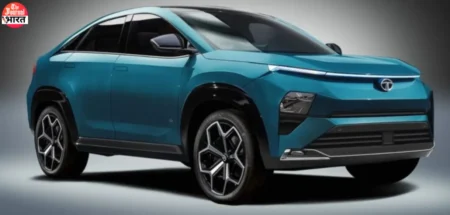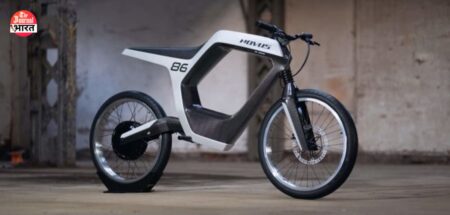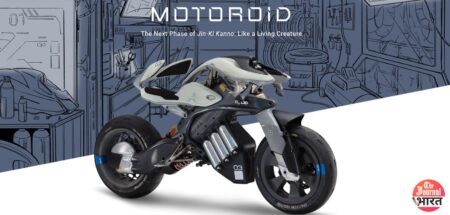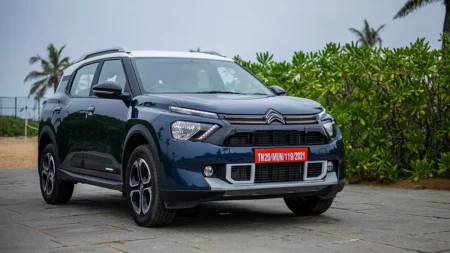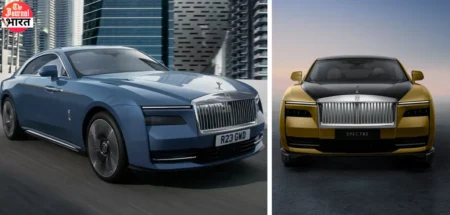The DC Avanti, dubbed as India’s first sports car made domestically was a headline news when it was launched in 2015. However, the Avanti was an eye-catching car that boasted some terrific features and came with a plan of completely remodeling the Indian automobile market. However, the initial enthusiasm of announcing the DC Avanti was short lived as the product was pulled a few years after launch. Based on the information provided in this article it seeks to explain the critical drivers that led to the discontinuation of the DC Avanti.
1. Market Dynamics and Competition
The automotive segment that encompasses sports car has always been a very narrow category with access to the automobile being restricted to a very few premium end consumers. DC Avanti was also an attempt to bring down the cost of producing and acquiring sports car, but it was never a great success mainly because of the stiff competition from the internationally known brands such as Audi, BMW, and Mercedes Benz. These brands had more varied models of appliances which being technologically superior and backed with a higher brand image and after sales service overshadowed the struggle of the avanti to penetrate into core market.
2. Quality and Performance Issues
The DC Avanti was anything but visually ordinary, but it was not without its controversies, especially in terms of the structuring of the car itself and the power it delivered. Lack of proper fit and finish as well as high levels of built-in quality or perceived reliability and solidity became main complaints regarding the car. These weaknesses were quite discreet for most regular cars, but for a sports car, which is designed to provide a thrilling drive, these were deal-breakers. The Avanti, with a drivetrain borrowed from the Renault, is a fine work of art that impressed with its performance and smooth driving experience backed by its 2. his participants offered much criticism especially regarding the 0-liter turbocharged engine which they considered inferior to those of competitors.
3. The problems of producing brand perception and the challenges in marketing strategies are as follows:
DC Design, the company behind Avanti was not actually a car manufacturing company, but a company that undertook design and styling of automobiles with more of a focus on customized modifications of existing automobiles. This posed a perception challenge as the targeted consumers were in doubt regarding the compan y’s produsers’ capacity to meet th
Additionally, the marketing efforts for the Avanti were limited, resulting in lower visibility and awareness among the target audience.
4. Economic Factors
The economic environment in India during the period also played a role in the Avanti’s discontinuation. The luxury car market is highly sensitive to economic fluctuations, and the Indian economy faced several challenges, including fluctuating fuel prices, currency volatility, and a general slowdown in consumer spending. These factors made it difficult for a niche product like the DC Avanti to sustain its sales momentum.
5. Regulatory and Compliance Issues
As with any automotive manufacturer, DC Design had to navigate a complex regulatory landscape. Stricter emission norms, safety regulations, and compliance requirements added to the challenges of producing a sports car in India. Meeting these standards while keeping costs in check proved to be a significant hurdle for the company.
6. Limited Production and Scale
The DC Avanti was produced in limited numbers, which impacted economies of scale. Unlike global automotive giants that benefit from large-scale production and established supply chains, DC Design operated on a much smaller scale. This not only affected the cost structure but also the ability to continuously invest in research and development to improve the product.
Conclusion
The DC Avanti remains a notable chapter in India’s automotive history as the country’s first indigenous sports car. However, a combination of market dynamics, quality and performance issues, brand perception challenges, economic factors, regulatory hurdles, and limited production scale contributed to its eventual discontinuation. While the Avanti may no longer be in production, its legacy continues to inspire Indian automotive enthusiasts and entrepreneurs to dream big and innovate in the world of high-performance vehicles.
For more insights and updates on the automotive industry, stay tuned to Fantasy Khiladi, your go-to source for the latest news, reviews, and trends.
